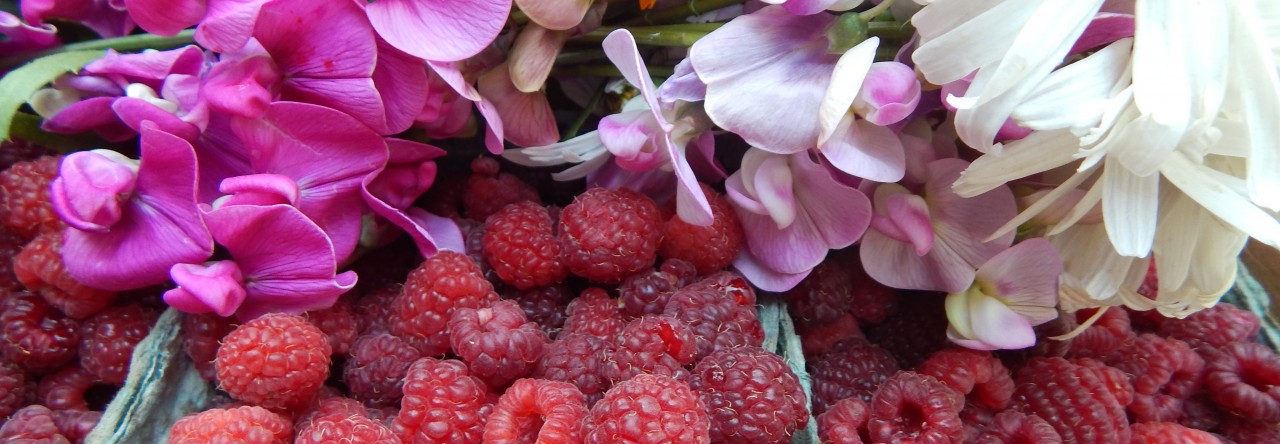
We tend to buy fruity sparkling waters and hard seltzers in cans, but bottles of fruit syrup concentrate are easy to make and stash in your fridge, or freeze in ice trays, for homemade spritzers and cocktails. You can also play with flavors you’re unlikely to find on the store shelf, like the tart–sweet rhubarb syrup I share this week in my Twice as Tasty column for the Flathead Beacon.
The technique for making fruit syrups that you plan to use in beverages is simple. I make them from spring to fall with fresh fruit, cycling through flavors as they ripen. In winter, you can make them with fruit from the freezer in the same way you make Frozen Strawberry Syrup to pour over pancakes or waffles—just don’t let it cook as long to keep it fully pourable.
Learn to make Rhubarb–Vanilla Syrup



